6 NC-17 Movies That Were Nominated for Oscars
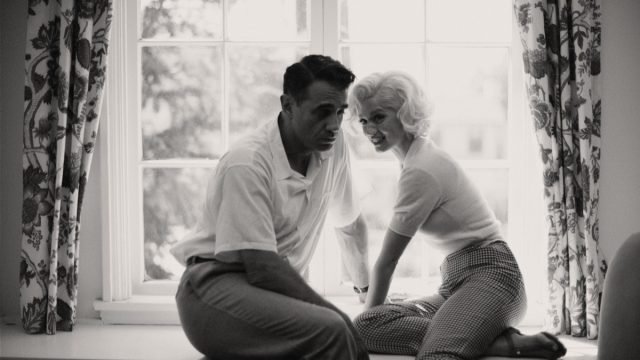
Film ratings are ubiquitous today, but for the first five decades or so of U.S. film history, they didn’t exist. During the studio system era, movies weren’t screened and rated after release but actually written and produced to align with a set of self-imposed industry rules over the content they could depict, known as the Hays production code. That changed in 1968, when the Hays code was replaced with the ratings system we know today, under which every movie released in the U.S. is given a rating by the Motion Picture Association of America (now known simply as the Motion Picture Association). Though it has endured for decades, the system is far from perfect, as the MPA and film studios have long quibbled over how to classify films that cross the line into more adult territory—especially when the difference between an R rating and an NC-17 (originally known as X) can be counted in millions of dollars in ticket sales, as major theater chains often refuse to book “explicit” films. Still, an X or NC-17 rating isn’t always taboo; in fact, some of those movies deemed explicit by the MPA have been nominated for Oscars.
Read on for six adult-rated films that were up for—and even won—Academy Awards.
READ THIS NEXT: 6 Oscars Scandals That Rocked Hollywood.
1
Midnight Cowboy (1969)
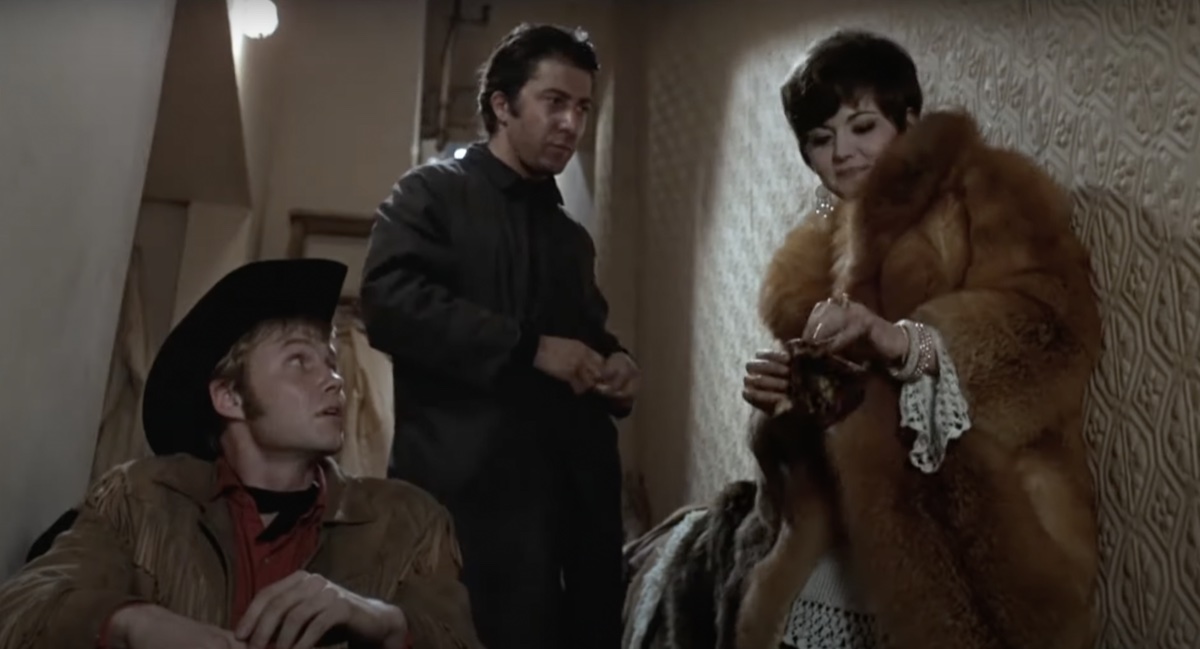
Written by Waldo Salt and directed by John Schlesinger, 1969’s Midnight Cowboy entered theaters just a year after the MPA implemented the ratings system. A potent drama about a starry-eyed small-town boy (Jon Voight) who moves to New York City dreaming of a cushy life as a gigolo and falls in with Ratso Rizzo (Dustin Hoffman), a hustler who promises to help him learn about life on the streets, its subject matter definitely isn’t for kids. Still, its depictions of sex (both heterosexual and not) and drug use wouldn’t cause jaded audiences in 2022 to bat an eye—but back in the ‘60s, they earned the movie an X rating, which the studio, United Artists, accepted, fearing the film’s potential to influence “youngsters,” according to the book United Artists, The Company That Changed the Film Industry. It was hardly a scarlet letter, as the film went on to win Best Picture at the Academy Awards, the only X-rated film ever to do so. (Salt and Schlesinger took home trophies for their efforts as well.) By the time of its re-release in 1971, the MPA had changed its rating guidelines, and Midnight Cowboy played in theaters with the R rating it still carries today.
2
A Clockwork Orange (1971)
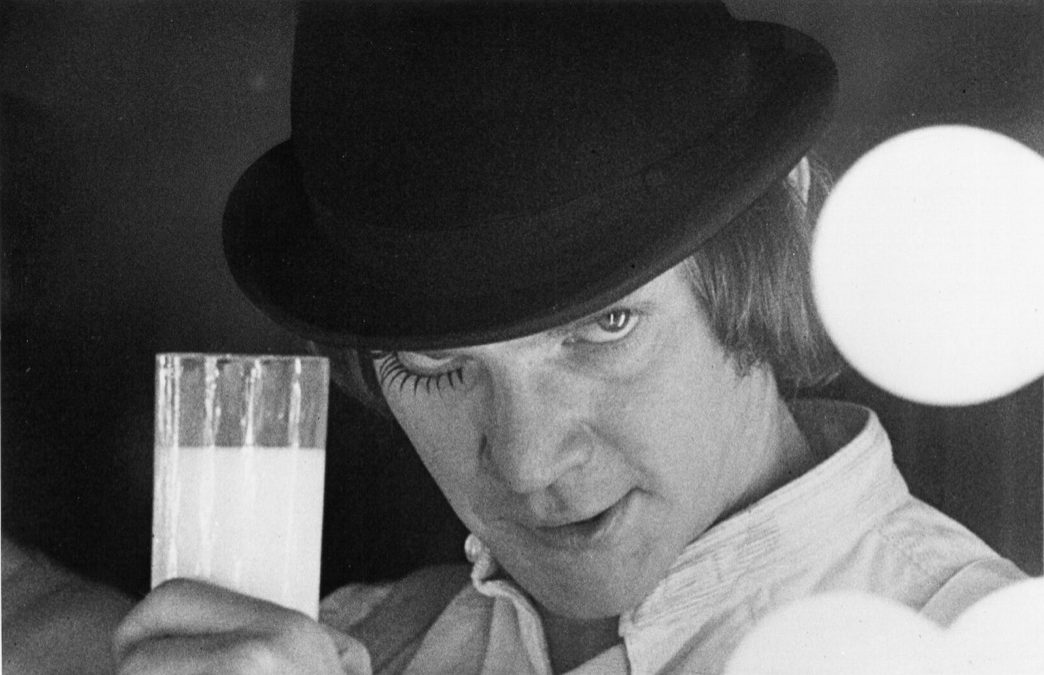
Another early entry in the canon of respected X-rated films, Stanley Kubrick’s violently satirical 1971 release A Clockwork Orange, based on the novel by Anthony Burgess, earned its for-adult-eyes-only reputation. Following the exploits of teenage hoodlum Alex DeLarge (Malcolm McDowell) and his gang of “droogs” as they down drugs and roam the streets in search of “ultra-violence,” the the film depicts scenes of rape and murder with supreme style and comic brutality. Still the film received a rapturous reception from U.S. critics, became a box office hit, and was nominated for Best Picture, Best Director, and Best Adapted Screenplay at the 1972 Oscars. Later that year, for the film’s re-release, Kubrick replaced about 30 seconds of footage with alternate scenes that were less sexually explicit so the film could be reclassified as R-rated. Certainly A Clockwork Orange generated greater controversy in the U.K., where, after the media reported on a number of crimes that arguably resembled those committed in the film, Warner Bros. withdrew it from distribution at Kubrick’s request in 1973—a quasi-ban that remained in palace until after the director’s death in 1999.
3
Last Tango in Paris (1972)
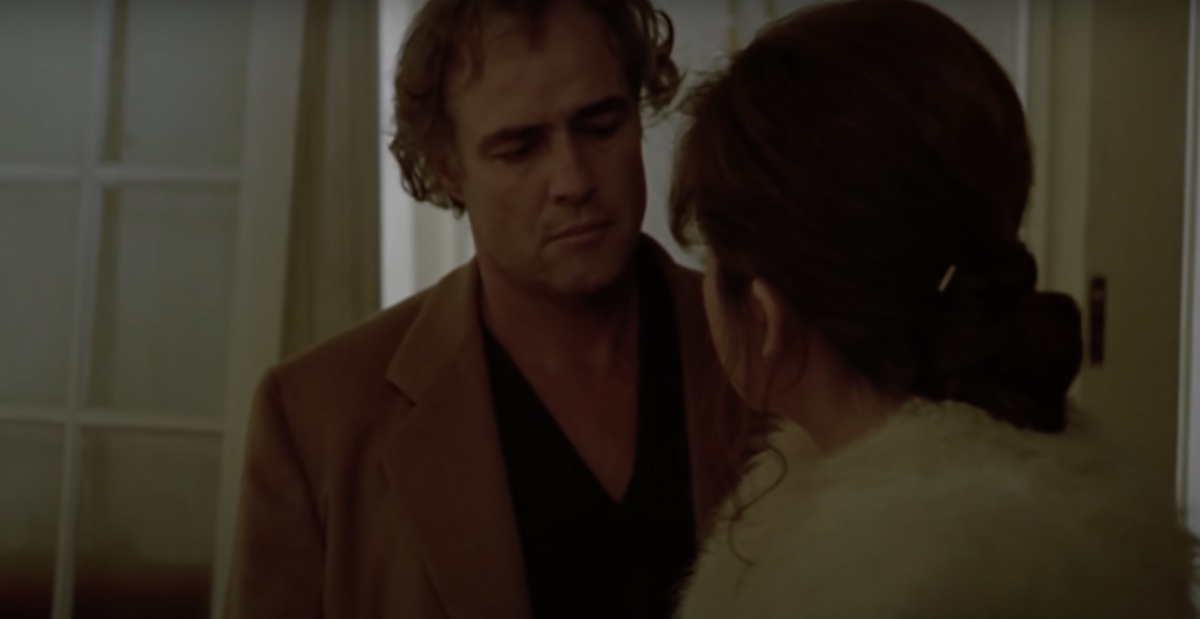
An erotic thriller from Italian director Bernardo Bertolucci, Last Tango in Paris was released at a time when studios didn’t worry that an X-rating would doom a film’s commercial prospects, even when headlined by a star of Marlon Brando’s caliber—and indeed, it wound up one of the year’s biggest box office hits. The Godfather star plays an American widower who travels to Paris and begins an affair with a young, engaged French woman (Maria Schneider, who was only 19 at the time of filming).
The movie earned its restrictive rating for explicit instances of sexual violence, including a rape scene that took on a more disturbing reputation when Schneider later revealed that she felt coerced into the unscripted sequence. A re-edited version was granted an R in 1981, and the original cut—which was nominated for Best Actor and Best Director at the Oscars—was reclassified as NC-17 in 1997.
For more movie trivia sent right to your inbox, sign up for our daily newsletter.
4
Henry & June (1990)
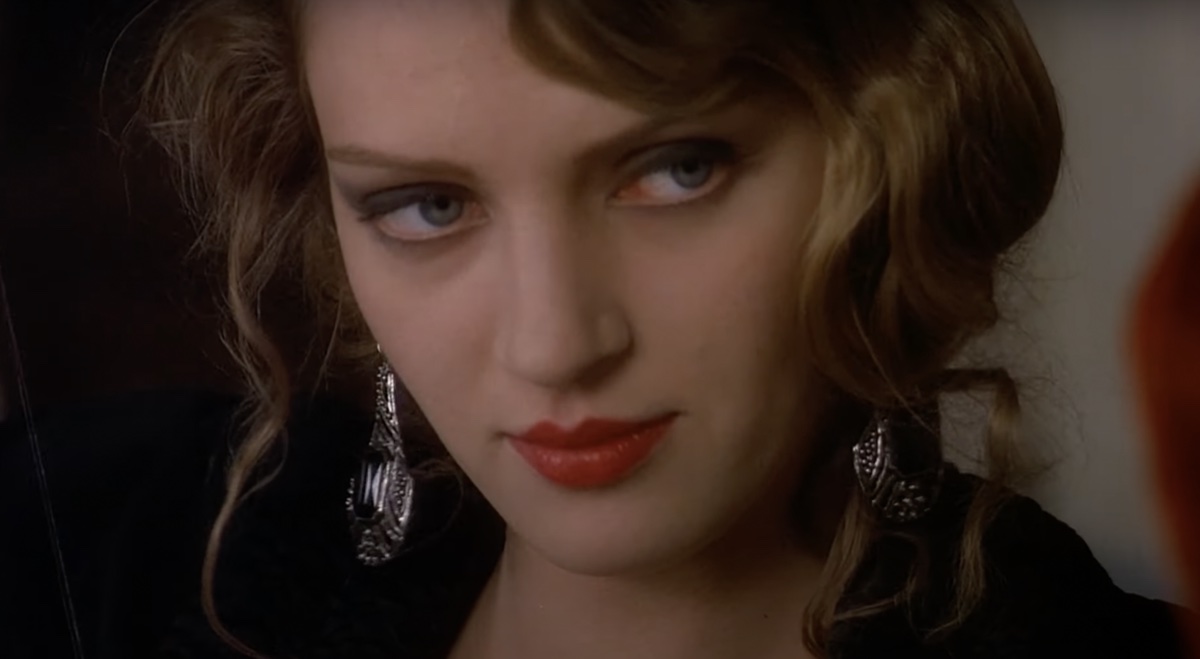
Like Midnight Cowboy before it, 1990’s Henry & June seemed to fulfill the dream that a film with an explicit rating—in this case, the newly minted NC-17, could be taken seriously. Certainly it would be hard to argue that anyone under 17 would be the ideal audience for a sexually explicit drama about the fraught, real-world relationship between Anaïs Nin, Henry Miller, and his wife June. The first film to carry an NC-17 rating, it also became the first nominated for an Academy Award, for Philippe Rousselot’s cinematography.
5
Blue Valentine (2010)

Technically, this romantic drama from writer/director Derek Cianfrance was rated R—but just barely. When it was originally screened by the MPA, a scant two months before its scheduled release, it was stamped with an NC-17 for some steamy sex scenes between co-stars Michelle Williams and Ryan Gosling, who play a married couple hurtling toward a devastating divorce. At particular issue, according to Gosling, was inherent sexism in the ratings system. “You see so many films with men on the receiving end of sexual pleasure and that’s fine, but if a woman is on the receiving end…it’s pornographic,” Gosling told WNYC’s The Takeaway back in 2010.
The resulting media attention spurred the ratings board to take another look at the film, as reported by Deadline. Blue Valentine was re-rated R for “strong graphic sexual content, language, and a beating”—and wound up earning Williams a nomination for Best Actress at the 83rd Academy Awards.
6
Blonde (2022)
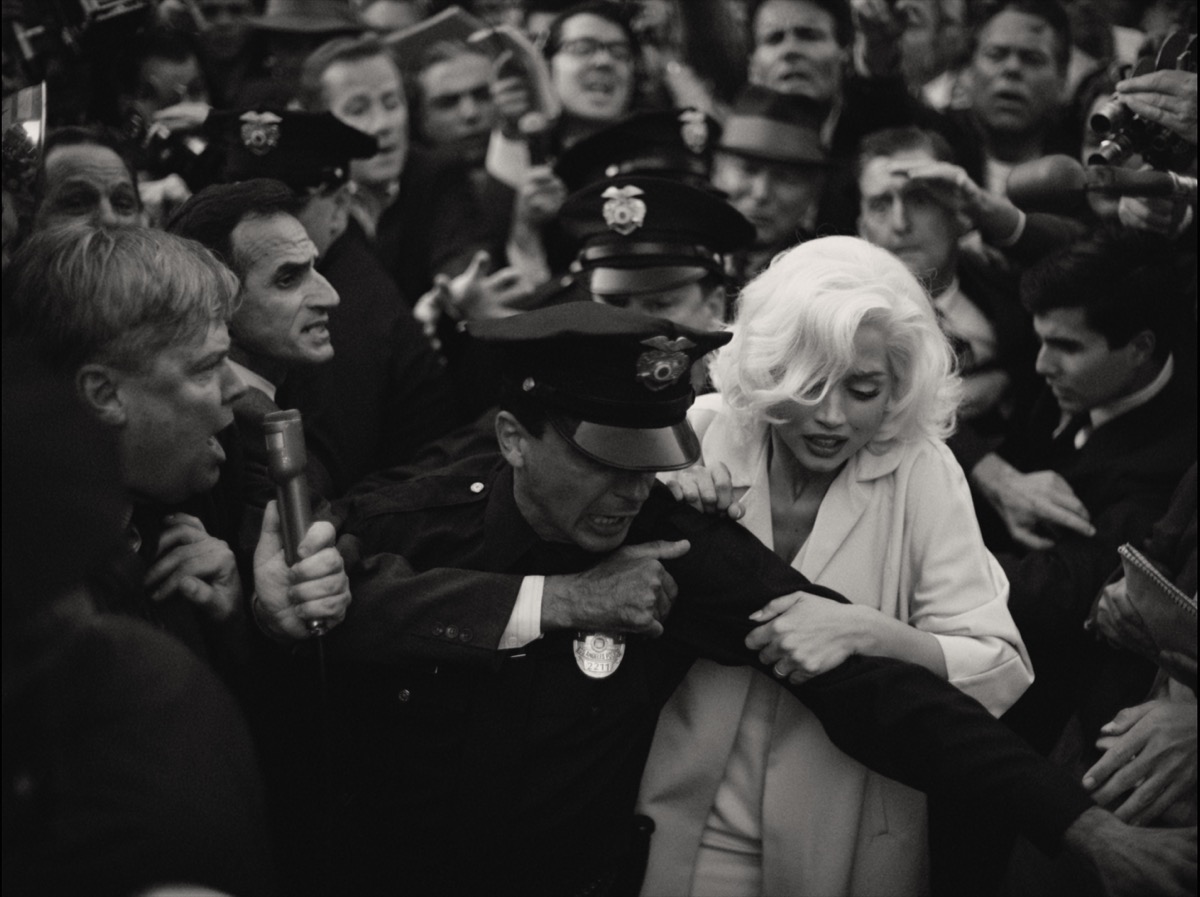
This year, Ana de Armas became the first performer in a film released with an NC-17 rating to receive a nomination in a major acting category. In the Netflix film Blonde, from director Andrew Dominik and based on the novel by Joyce Carol Oates, she plays Marilyn Monroe. The fictionalized take on the star’s life no sooner premiered at the Venice Film Festival than became the year’s most notorious movie about a real person, in large part because of its graphic scenes. GQ called Blonde “unrelenting in its brutality,” while Los Angeles Times critic Justin Chang wrote that the movie “isn’t really about Marilyn Monroe,” but “about making her suffer.” The physical violence, brutal sexual assaults, and multiple visceral scenes depicting Monroe’s rumored abortions were more than enough for the MPA to award Blonde an NC-17. Without concerns for booking the film into major theater chains, Netflix didn’t bother to fight it, and with her nomination, de Armas made Oscar history.